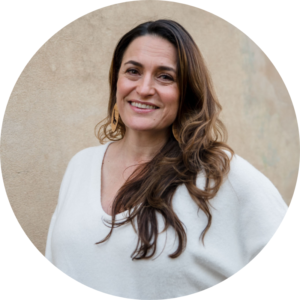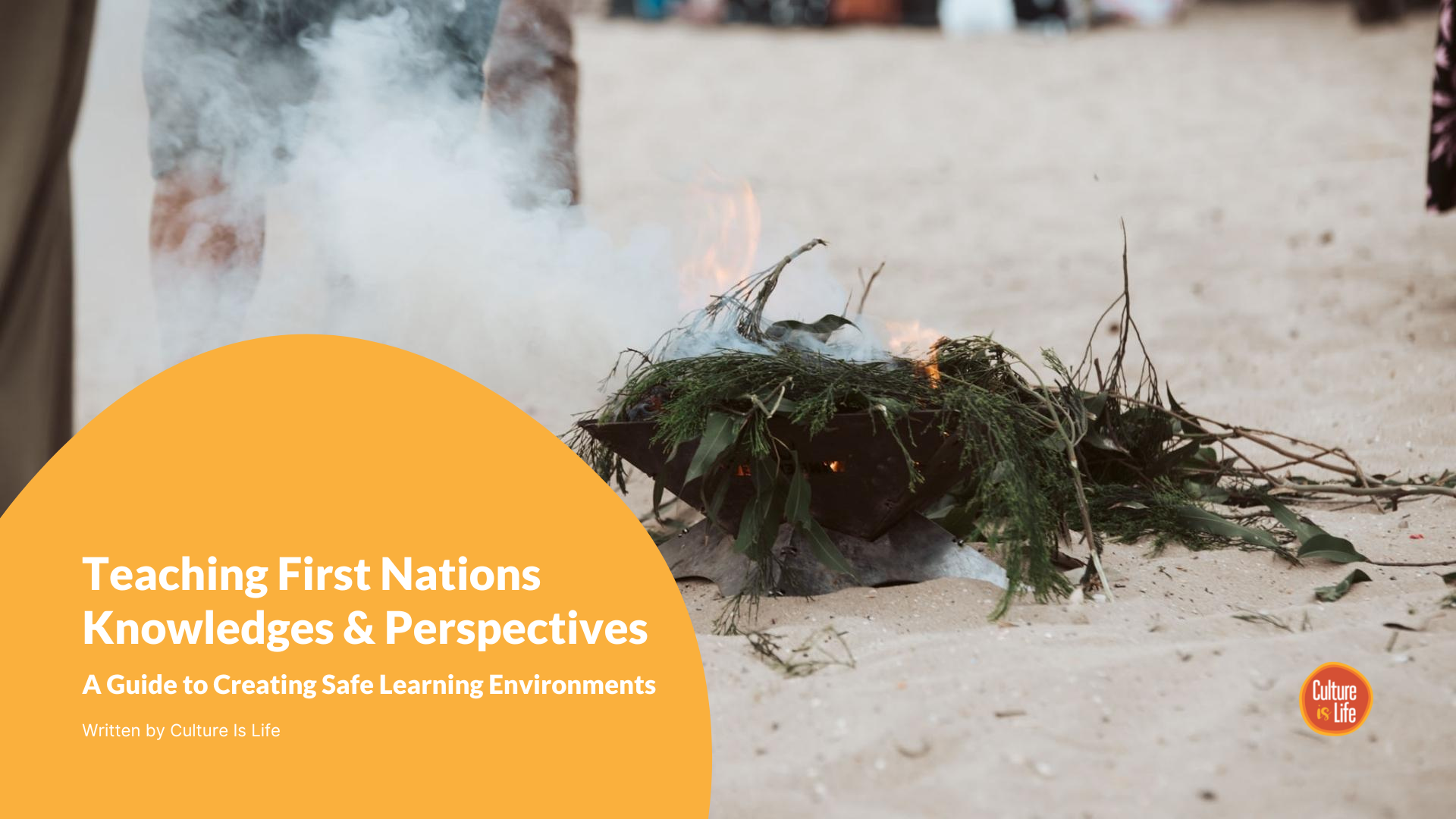
Culture is Life’s Education Projects include curriculum resource development, social impact campaigns and teacher training. All materials are developed by a collective of First Nations educators and young people to inspire teachers to creatively embed Aboriginal and Torres Strait Islander histories, peoples and cultures in their classrooms.
We hope that this guide offers some guidance to support you in feeling more confident and competent in your teaching and helps to create safe learning environments for all young people.

A Message from Culture Is Life’s CEO, Belinda Duarte
We would like to acknowledge the Traditional Owners of this unceded land, this beautiful country we call Australia. We acknowledge the Elders and old people who have endured the impacts of colonisation on our cultures and the resilience they embody which inspire our work daily.
We at Culture is Life are committed to ensuring the truth of First People’s history is told, heard and known by every Australian, which is why we are so passionate about our work in education and supporting teachers and staff in their huge role and relationships with their students.
Our Education Resources are our contribution to inspiring a curiosity and commitment to building relationships together between First Peoples and Non-Indigenous Australia, and a united commitment to honouring the history of this country and the oldest living culture in the world.
In understanding the truth of this country we can therefore understand why we are where we are today and forge the collective healing required to create a stronger, healthier country into our future.
Thank you for walking this journey with us.
– Belinda Duarte (Wotjobaluk/Dja Dja Wurrung)


